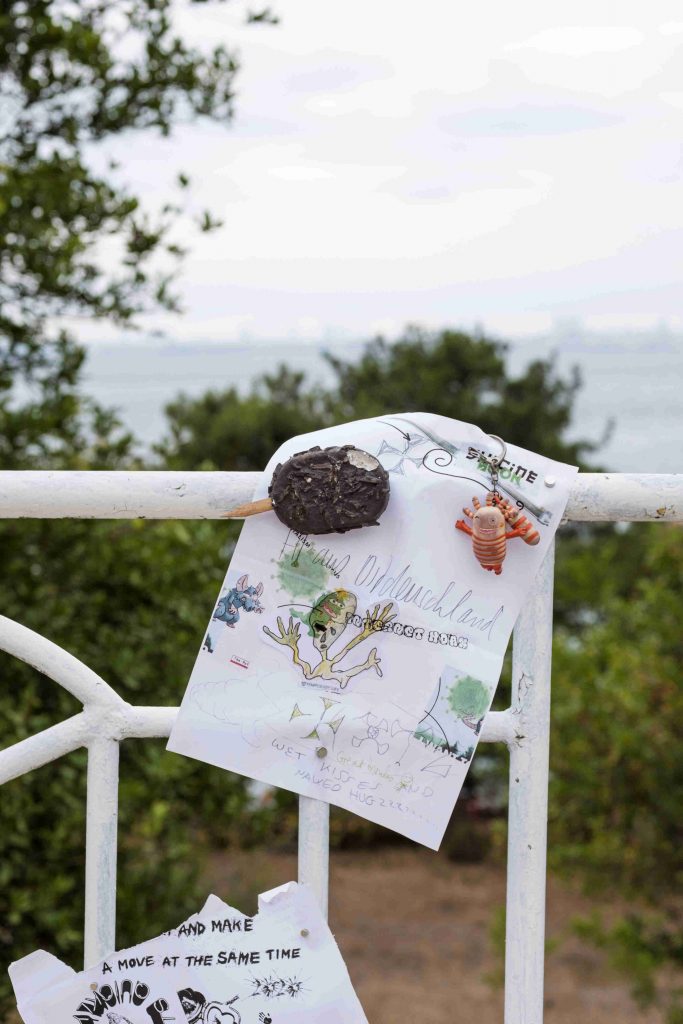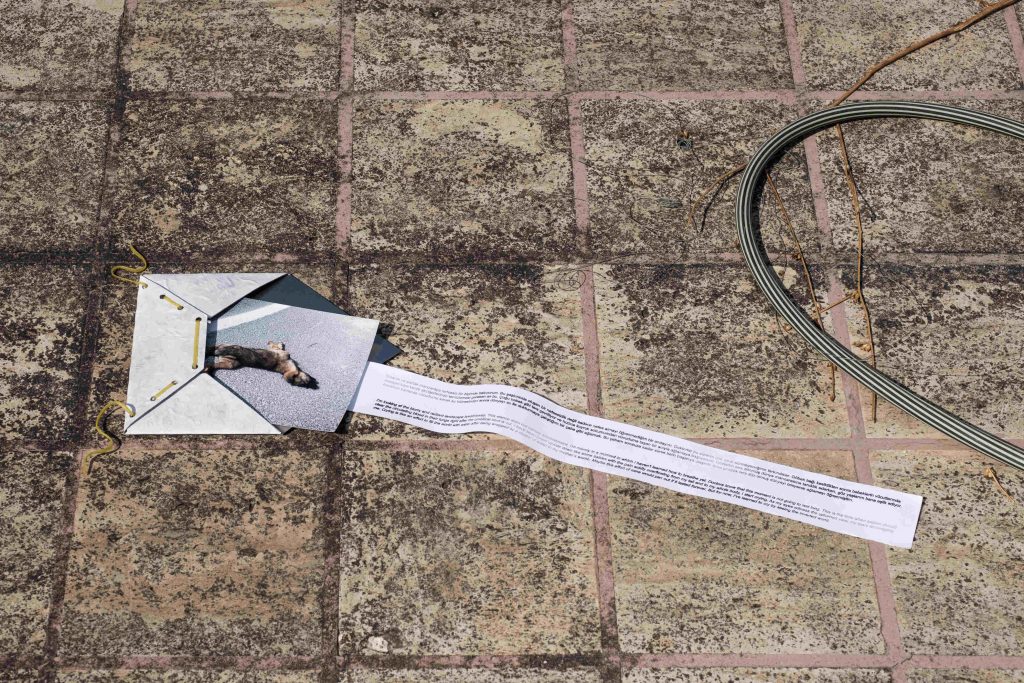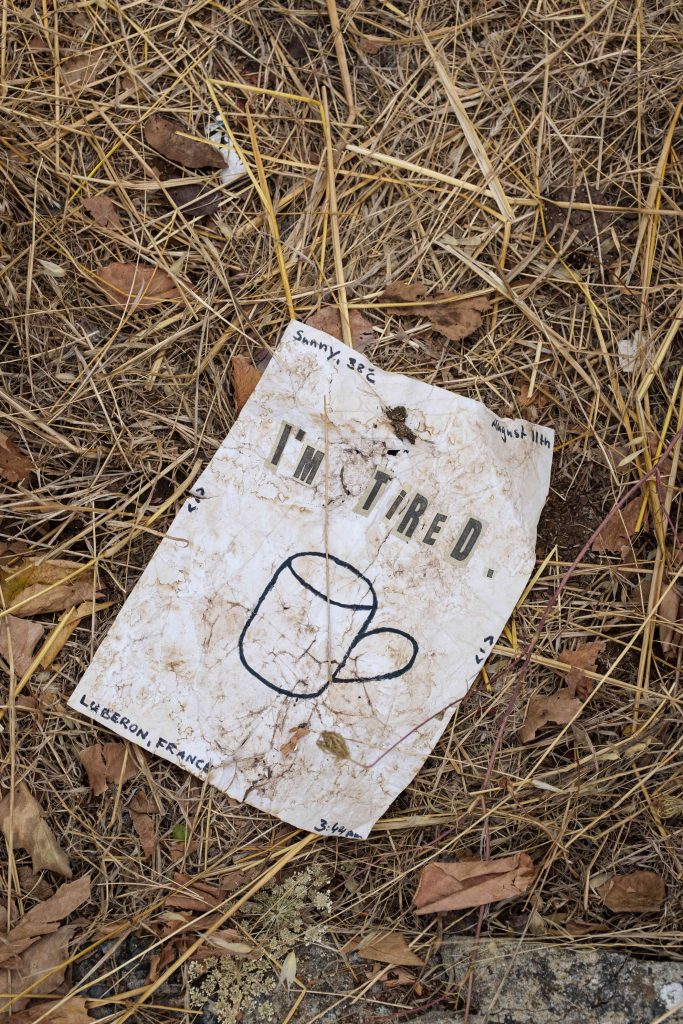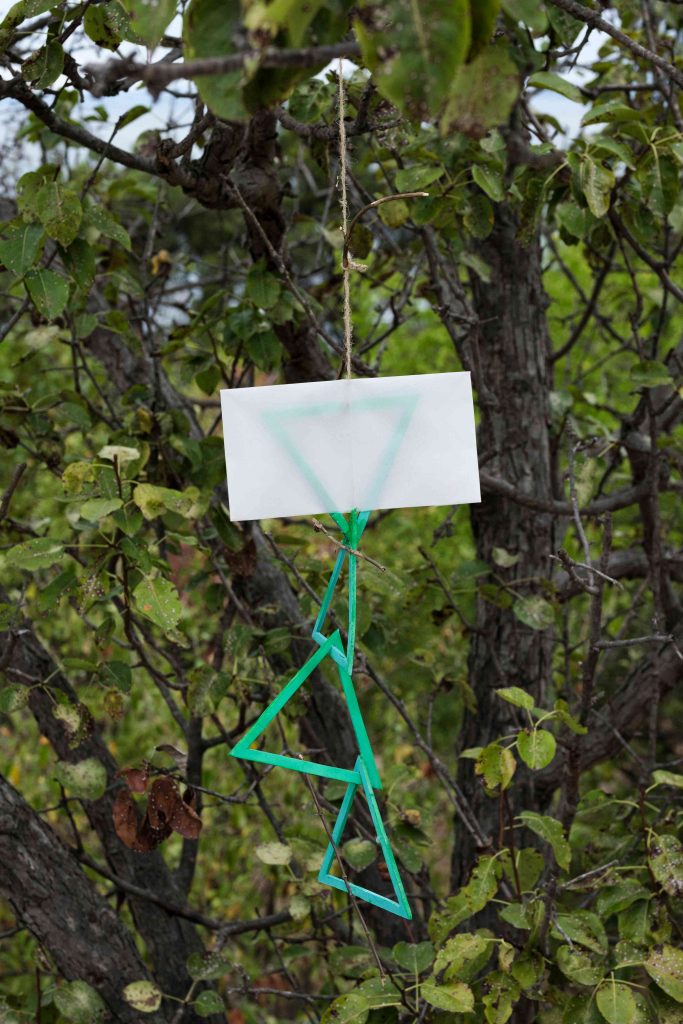by Matt Hanson
There is a house on a hill, overlooking the urbanized sweep of high-rises across the shoreline along the Sea of Marmara, where the city-dwellers of Istanbul stare blankly at such beauty as that which crests on the surface of their grim fate.

Behind the picturesque facade of nature, Armageddon awaits beneath the otherwise calm, protected waters, where an intercontinental fault line may, at any moment, slip sidelong and rupture monumental tectonic plates to the sound of crumbling concrete and human screaming.
But on either side of the forested home, much lived in for its scattered effects, of parties and domesticities, the windswept, ascending highland air is, for the time being, refreshing, as its breezes pass over the lips of empty beer bottles strewn about, and a hum ensues, low and rising to sweeten what depressive mood has weighed the world at the end of summer in the thick, hot mess of 2020, a year that sprung to the tune of pandemic, pandemonium and panic.
An iron-rod gate creaks open before the front door, facing an often silent road, frequented by huffing cyclists and day-trip vagrants most weekends. At the back of the property a tubular skeleton trellis of rusted metalwork leads from thick, surrounding woodlands around the terrace of the place, where an algae-green pool is left untended, floating with various sheets and fragments, envelopes and unidentified objects of the unsightly, disfigured sort.
Like that of an implosion in the engine of a passenger jet crashing down to make cannibals out of its intimate crew, abandoned by civilization, lost to time, the immediate visual effect of the debut group show at The Pool is timed with detonative precision, as to coincide with an explosion erupting from the deep end of the fetid artificial lagoon. Its discolored, murky liquid evokes early film horror, psychedelic nostalgia, the inherent decadence of youth’s aging as a supermodel’s skin droops into melted wax and thawing ice, the oil and water commingling.
And in the name of art, something so anti-aesthetic as that which curators Ece Cangüden and Marian Luft conceived, leaves an acid, freezer burn on the brain’s tendencies to coalesce logic with intuition. Instead, they’ve instilled an order of chaos unkind to individual experience, something linked to the gargantuan pull of digital self-consumption following the collective trauma of stay-at-home days during body lockdowns and the ubiquitous threat of daily life as an incessant reminder of fatalistic Buddhism, that being human implies disease, death, and mutual enchainment to the interdependent mass of organic, planetary existence.
Luft, a transplant from Leipzig, intends to inject a dose of alternative independence into Istanbul’s prim art world, hanging on threads of private sector expense in a country hollowed by lack of government support for contemporary artists. The Days Are Just Packed, then, could be said to be akin to that which Luft has enjoyed and also develops with fellow artists in underground German art circles, traced by that defiant European bent to challenge overly bureaucratized institutionalizations of the cultures, peoples, lands within its pale.

Loudly, however aloof, based on the second-largest of the Prince Islands, The Pool stands against the capitalist mechanization of salable white cube object-production, towards an adoption of fresh criticism into the curation of Istanbul-based art exhibitions, embarking into a decade that has begun to the tone of melancholic depravity. In that sense, The Days Are Just Packed could be an example by which the exhibition of art, and perhaps the works themselves might be seen as part of an attempt to dialogue, parallel and in response to that which is being exclaimed by the youngest generation of artist-critics, towards a period which reverses the old saying of Beat thinker Brion Gysin, as writing or criticism now, could leap fifty years ahead of painting, or as such, all of visual or conceptual art.
“The white cube works as convention, it says art is best viewed in a room with 4 white walls, clean, neutral uninterrupted by the messy banality of everyday life. It says ‘leave ur shit at the door, we don’t do things like that round here pal’,” The White Pube co-founder and author Zarina Muhammad wrote in a piece published in May titled, “why i hate the white cube 2”. “That life and its messy contextual complication can even be externalised or held at a distance in that way is, obviously, hugely contested.”
The Pool, also an artist-run, off-site residency space, prompts creative expression free of careerist, political or any norm of ideological or aesthetic pretense. The theoretical disaster zone of works at The Days Are Just Packed, had a cathartic edge, crafted and assembled by more than 100 local and international artists. The unkempt DIY placement, proudly Cangüden’s first bout as curator, screamed of its overriding curatorial concept like a kitten caught under the rubble of Istanbul’s future earthquake.
Yet, curiously, the works were mostly textual, as the idea was to have each participant mail in their pieces, and so adhere to the formalism of snail mail. The weathered artworks consisted of variously reconstructed documents, bits and bobs strung out piecemeal, demanding close inspection, something of a cognitive dissonance from the catastrophic blast of an arrangement when seen altogether about the leaking fringes of The Pool.

The sculpture and installation artist Peggy Pehl (b. 1983, Leipzig) sent a single, stained page with a coffeepot-like sketch on it. In cutout letters, its text read, simply, “I’m Tired”. And it would appear so from her representation at Roehrs & Boetsch, where her biographical portrait is of a sleeper in bed. One striking work, by the young Turkish artist Cem Örgen, who appeared at the end of the two-day show attired semi-formal punk, enclosed a picture of a dead dog, roadkill tied to typed text to a melodramatic theme: “Doctors know that this moment is not going to last long.”
Among the works, there were some, that like the metaphorical retch of the collective KOTZ, German for puke, whose members include Luft himself, were entirely eccentric, figments of neuroses born of indifference and antipathy for the art world’s status quo. Still, another local, Istanbul-based artist Seyhan Musa chose a different route, one that conjectured beauty, even spirituality. Her piece, of sculptural naivety in simple green triangles, dangles in the wind, and points, like a whirling Sufi dervish, to the four elements (earth, air, water, fire). Perhaps, it could be speculated, in light of her piece, that out of the ashes of such unspeakable devastations there might arise equally unprecedented boons.


